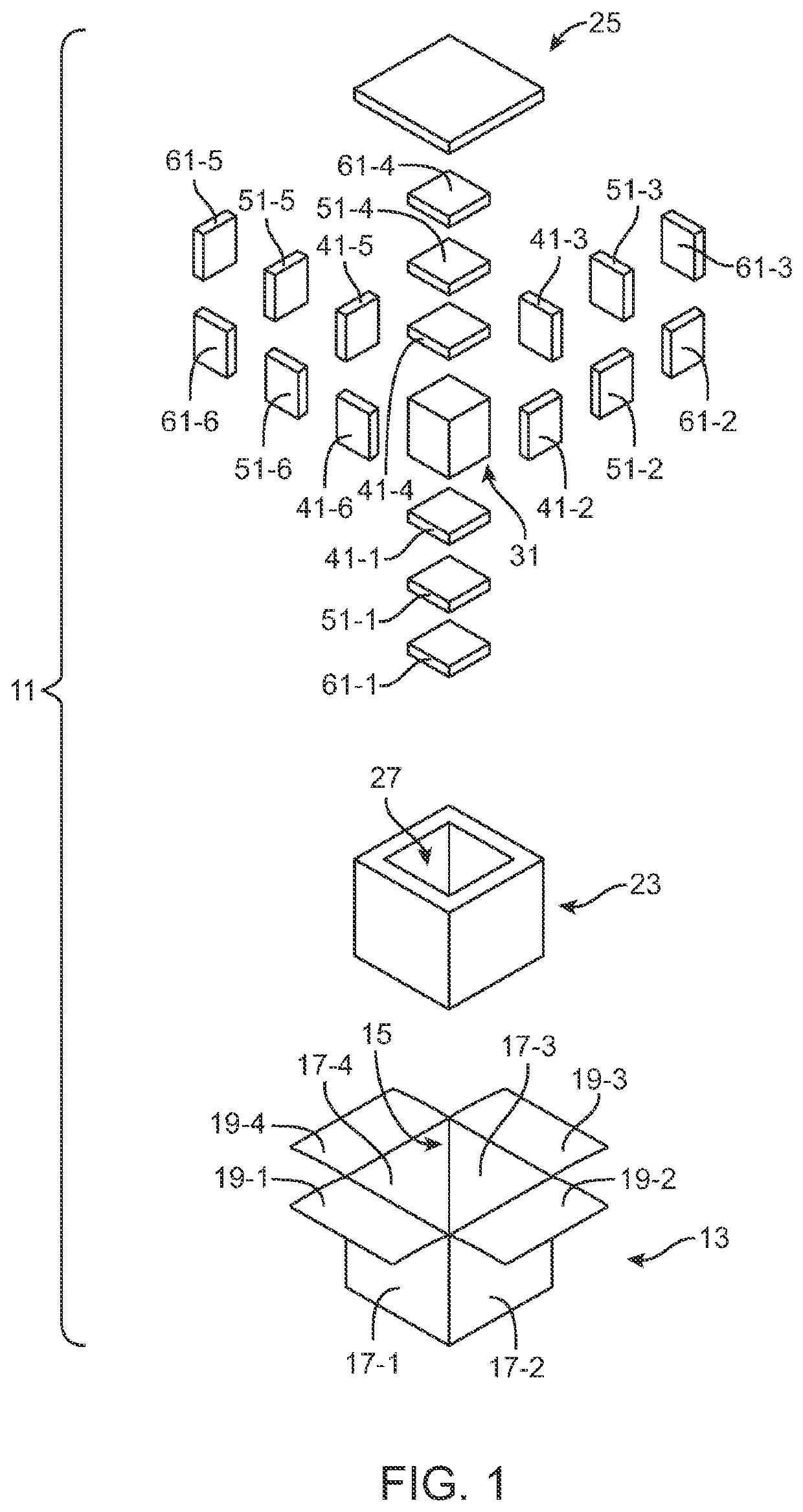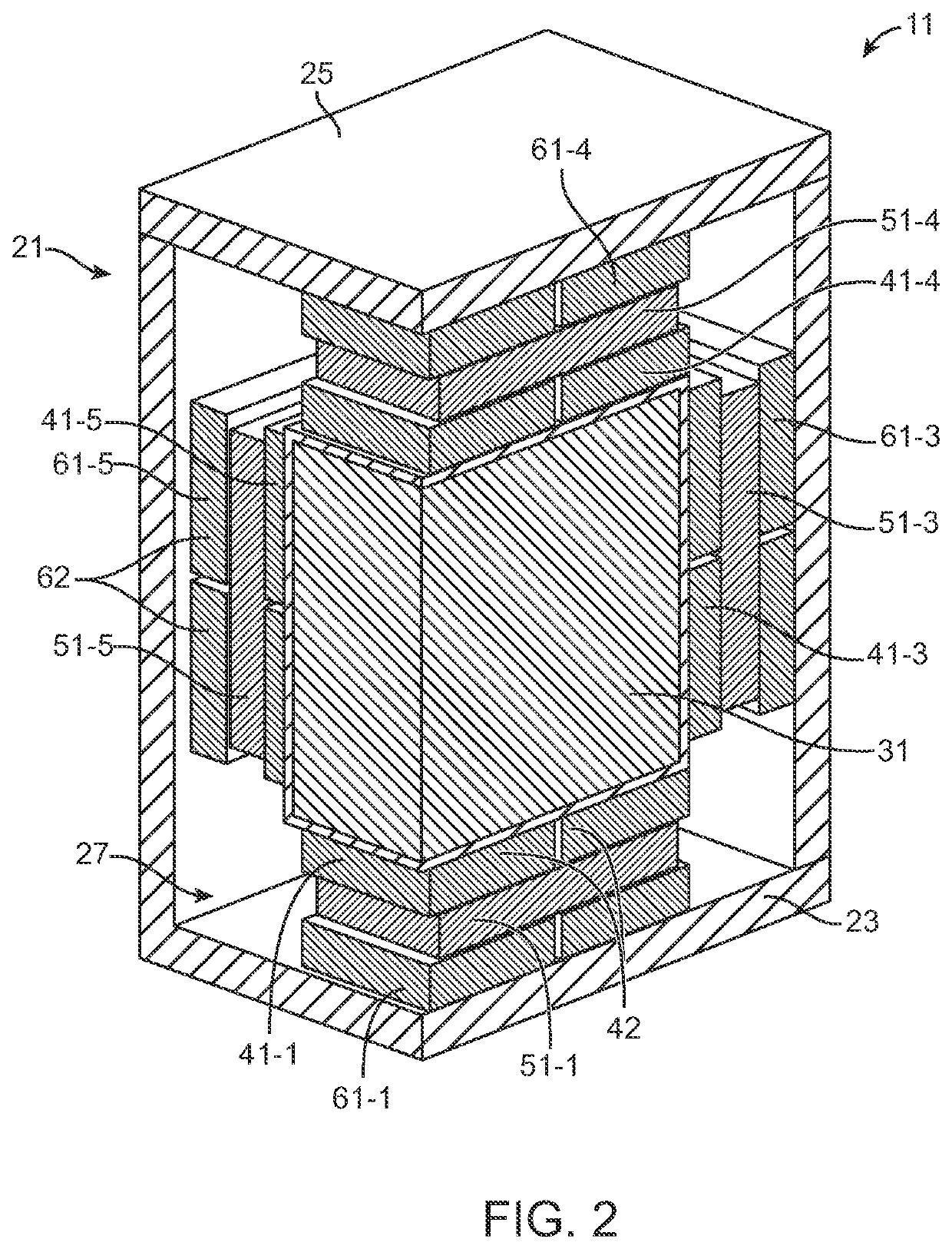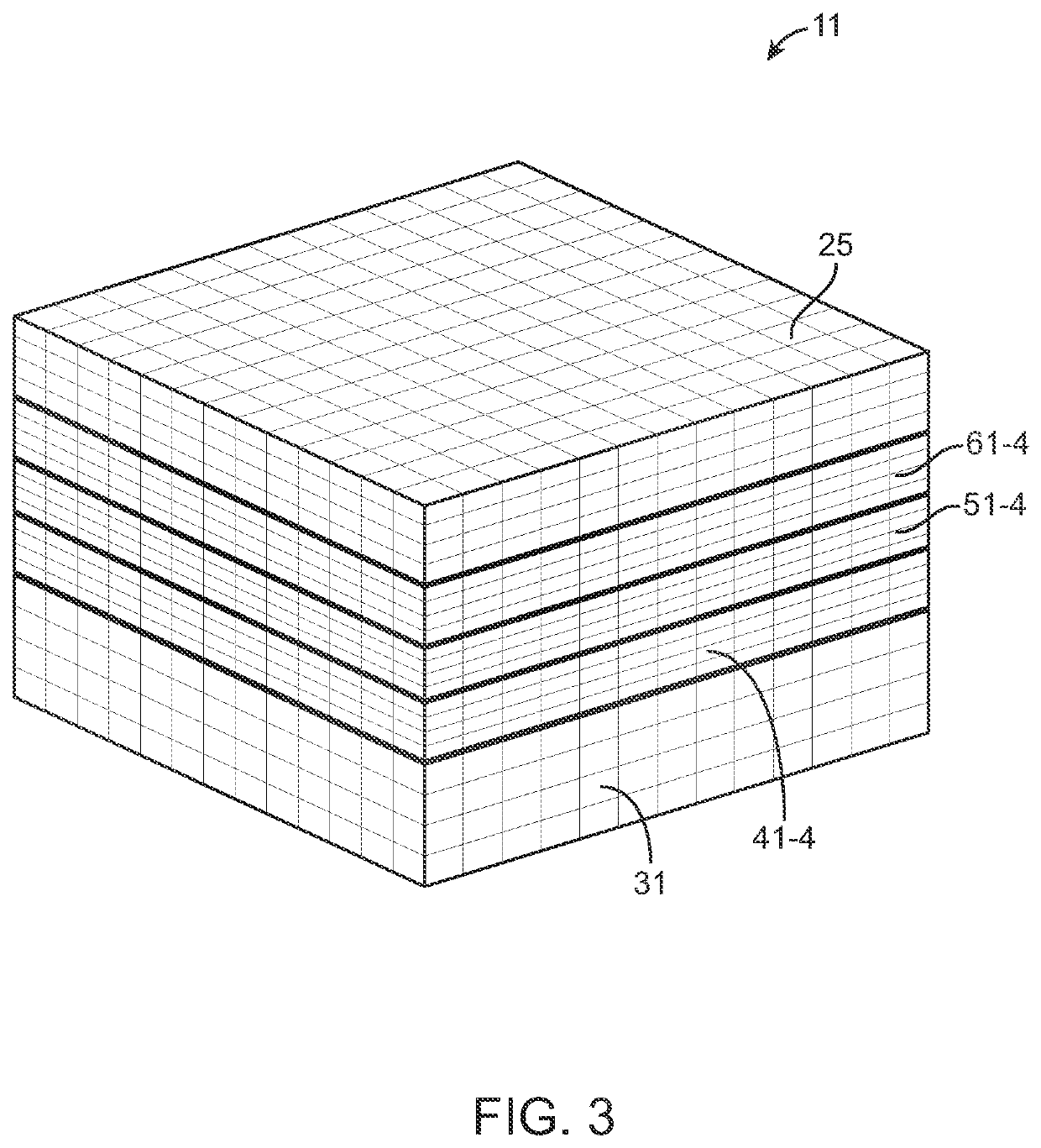Method and system for maintaining temperature-sensitive materials within a desired temperature range for a period of time
a temperature-sensitive material and temperature-sensitive technology, applied in the direction of lighting and heating equipment, household cooling equipment, packaged goods types, etc., can solve the problems of insufficient protection, insufficient protection, and difficulty in maintaining such materials within a desired temperature range while such materials are being transported
- Summary
- Abstract
- Description
- Claims
- Application Information
AI Technical Summary
Benefits of technology
Problems solved by technology
Method used
Image
Examples
first embodiment
[0073]Referring now to FIGS. 1 through 3, there are shown various view of a system for maintaining temperature-sensitive materials within a desired temperature range for a period of time, the system being constructed according to the teachings of the present invention and being represented generally by reference numeral 11. For clarity and / or ease of illustration, certain details of system 11 that are discussed elsewhere in this application or that are not critical to an understanding of the invention may be omitted from one or more of FIGS. 1 through 3 and / or the accompanying description herein or may be shown in FIGS. 1 through 3 and / or described herein in a simplified manner.
[0074]System 11 may comprise an outer box 13. Outer box 13, which may be, for example, a conventional corrugated cardboard box or carton, may comprise a rectangular prismatic cavity 15 bounded by a plurality of rectangular side walls 17-1 through 17-4, a plurality of bottom closure flaps (not shown), and a pl...
second embodiment
[0096]Referring now to FIGS. 5(a) and 5(b), there are shown exploded perspective and enlarged fragmentary simplified section views, respectively, of a system for maintaining temperature-sensitive materials within a desired temperature range for a period of time, the system being constructed according to the teachings of the present invention and represented generally by reference numeral 201. For clarity and / or ease of illustration, certain details of system 201 that are discussed elsewhere in this application or that are not critical to an understanding of the invention may be omitted from FIGS. 5(a) and 5(b) and / or the accompanying description herein or may be shown in FIGS. 5(a) and 5(b) and / or described herein in a simplified manner.
[0097]System 201 may be similar in many respects to system 11. One difference between system 201 and system 11 may be that system 201 may further comprise a plurality of insulation members 203-1 through 203-6 interposed between product box 31 and one...
third embodiment
[0099]Referring now to FIGS. 6(a) and 6(b), there are shown exploded perspective and enlarged fragmentary simplified section views, respectively, of a system for maintaining temperature-sensitive materials within a desired temperature range for a period of time, the system being constructed according to the teachings of the present invention and represented generally by reference numeral 301. For clarity and / or ease of illustration, certain details of system 301 that are discussed elsewhere in this application or that are not critical to an understanding of the invention may be omitted from one or both of FIGS. 6(a) and 6(b) and / or the accompanying description herein or may be shown in one or both of FIGS. 6(a) and 6(b) and / or described herein in a simplified manner.
[0100]System 301 may be similar in many respects to system 201. One difference between system 201 and system 301 may be that, whereas system 201 may comprise temperature-control members 41-1 through 41-6 and temperature-...
PUM
 Login to View More
Login to View More Abstract
Description
Claims
Application Information
 Login to View More
Login to View More - R&D
- Intellectual Property
- Life Sciences
- Materials
- Tech Scout
- Unparalleled Data Quality
- Higher Quality Content
- 60% Fewer Hallucinations
Browse by: Latest US Patents, China's latest patents, Technical Efficacy Thesaurus, Application Domain, Technology Topic, Popular Technical Reports.
© 2025 PatSnap. All rights reserved.Legal|Privacy policy|Modern Slavery Act Transparency Statement|Sitemap|About US| Contact US: help@patsnap.com



